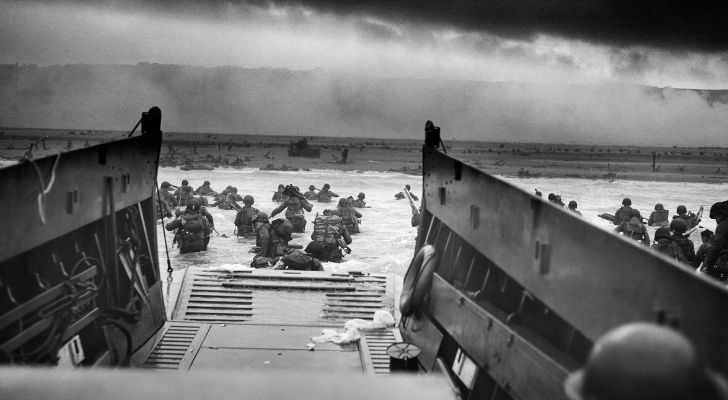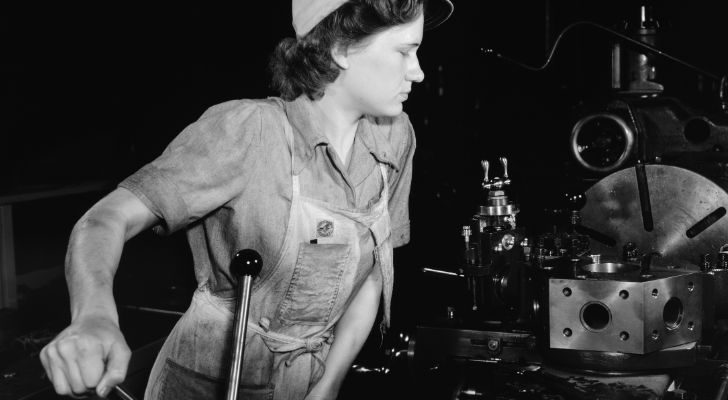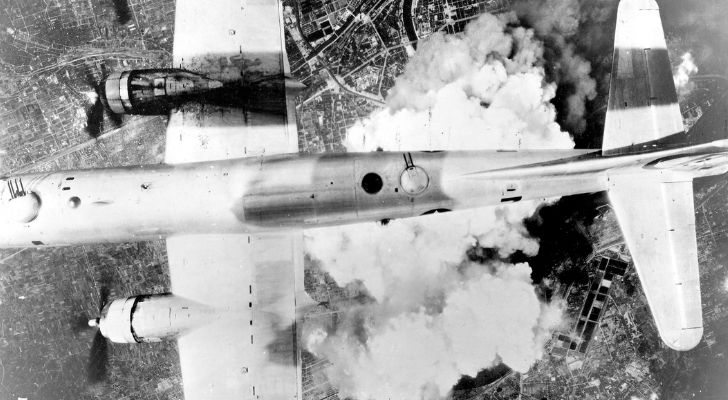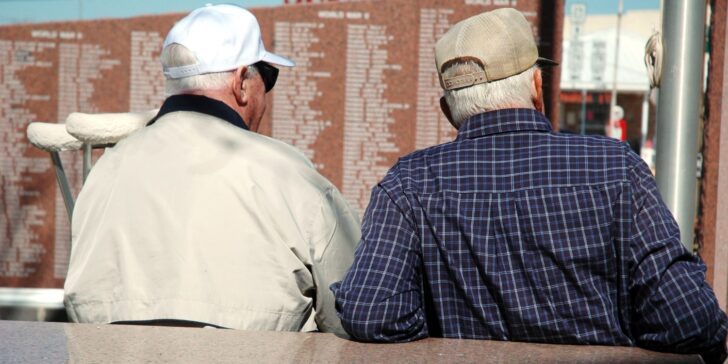The Greatest Generation watched the world change in remarkable ways. Living through wars, economic turmoil, and devastating pandemics surely influenced them significantly.
Needless to say, these shared experiences greatly affected how they think, speak, dress, and even their values!
But it’s not enough to just know the defining characteristics of a generation. It’s just as important to see how they shaped the world around them.
So, if you want to know who the Greatest Generation were and why they got that name, you’ll just have to keep reading!
The history of the Greatest Generation.

The Greatest Generation is sandwiched between the Lost Generation (1883 – 1900) and the Silent Generation (1928 – 1945) and includes those born between 1901 and 1927.
Approximately 63 million Americans are estimated to have belonged to the Greatest Generation.
So, what’s up with the name? As a name, the Greatest Generation was originally coined by US Army General James Van Fleet in 1953.
It was widely popularized in 1998 by journalist and author Tom Brokaw through his book of the same name, The Greatest Generation.
They’re also called the World War II generation, but you might know them by a different name: the G.I. Generation.
This nickname refers to their active participation in the Second World War. G.I. means “Government Issue” or “Ground Infantry, ” which is a common name used to refer to American soldiers.
The Greatest Generation witnessed many significant events in human history, such as the First World War, the Spanish flu, the Great Depression, the Second World War, the Vietnam War, the Great Recession, and, most recently, the COVID-19 pandemic.
The defining characteristics and values of the Greatest Generation.

The Greatest Generation didn’t have a glamorous childhood. In fact, they came of age during the decade-long economic slump known as the Great Depression. Therefore, they saw hardship firsthand and had to learn to be frugal.
Experiencing such hard times possibly contributed to them becoming hardworking people who hardly ever complained.
A shining example of their sense of duty was seen during the Second World War. Members of this generation worldwide trooped out in their numbers to join the fight.
In most cases, they fought not for glory nor for money. They fought because they believed it was the right thing to do!
The Greatest Generation also valued marriage, so divorces were rare and heavily stigmatized.
They mainly had traditional large families, and following the end of WWII, they started having children at previously unseen levels.
How the Greatest Generation influenced culture.

Between 1901 and 1924, many countries, like Australia, Canada, and the United States, finally granted women the right to vote.
As a result, women from the Greatest Generation became the first to be able to vote all their lives.
This totally changed the world for generations to come as these women actively contributed to the democratic process.
Once they were of voting age, their voices were heard in every election, starting at the local offices all the way to the presidential level.
The Greatest Generation pushed for education as the key to success, so school attendance sharply rose in their time.
When the GI Bill, which offered veterans better welfare, was passed, the Greatest Generation returned to school.
Many earned their bachelor’s degrees and became the first in their families to do so, fostering the belief that education is a priority.
If you love Jazz now, you have one thing in common with the Greatest Generation. They were huge jazz fans and made this style of music trendy during their time.
By the 1940s, a new style of jazz evolved with a fast beat called bebop. This was pioneered by performers from the Greatest Generation like Dizzy Gillespie, Charlie Parker, and Thelonious Monk.
All the hardships the Greatest Generation went through taught them a knack for frugality and cutting waste.
So, during the 1940s, as the war raged on, they popularized packing leftovers from restaurants in doggie bags.
The legacy of the Greatest Generation.

The invention of the atomic bomb in 1945 by the team led by Julius Robert Oppenheimer, a member of the Greatest Generation, changed the world forever.
While the bombs essentially ended WWII, they caused so much death and destruction. Even now, 79 years later, the world is walking on eggshells, scared of triggering a nuclear war.
There’s more to the Greatest Generation’s legacy than destruction, and they didn’t just relax and cross their feet after the Second World War.
Instead, they rolled up their sleeves and went to work rebuilding the economy. And in the prosperity that followed, they had a lot of kids, giving rise to the Baby Boomer generation.
We can also appreciate the Greatest Generation for some of the modern technology we use today, like safer cars.
Samuel Alderson, born to this generation, invented the crash test dummy. These are used to simulate car crashes and allow manufacturers to collect data that helps them make better vehicles.
This generation has raised some of the greatest and most controversial world leaders, including US presidents like John F. Kennedy, Richard M. Nixon, Ronald Reagan, and George H.W. Bush.
Other notable figures of this generation from around the world include Margaret Thatcher, Queen Elizabeth II, Nelson Mandela, Mother Theresa, Marilyn Monroe, and Stan Lee.
After learning about the Greatest Generation, it’s hard not to feel inspired.
Their story is one of incredible courage, resilience, and hard work. They lived through economic hardship and wars, yet they pushed through with determination.
They faced these challenges head-on, embodying a sense of duty and sacrifice that defined their generation.
Let’s take a page from their book and embrace the same spirit of perseverance and dedication in our own lives, honoring their legacy of resilience!


















